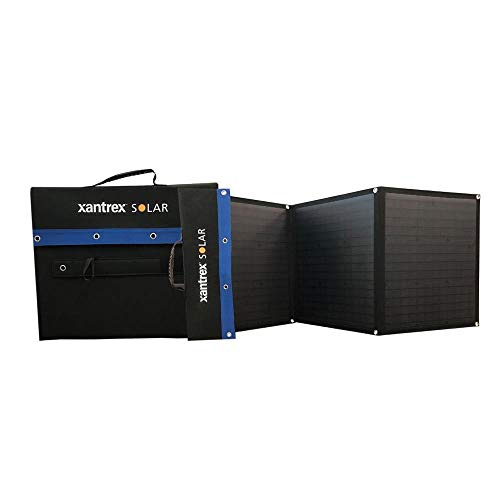psartman
Active member
I'm building out a small SUV that has 3 cig lighter outlets (fuse rating) - dash 10A, console 20A, luggage (no fuse listed?) I can see the wiring under the console, it's 2.2mm with insulation, which I guess to be around 16 gauge. I'll be running (while driving) a small Alpicool fridge and charging a small 384 WH solar generator (I know its a terrible term- not using solar, just the lithium battery with charging circuit and inverter) . Is it worth re-wiring these with heavier wiring, and if so what gauge- 14, 12, 10? Will heavier wire allow the power unit to charge faster and allow the fridge to operate more efficiently, or just prevent fuses from blowing?
Related question- I'm going to try a DC 12 to 15V converter to improver the charging time of my Beuadens power unit. Its rated at 12A. I'm guessing this will increase the draw and tax the 12V outlet in the car?
Related question- I'm going to try a DC 12 to 15V converter to improver the charging time of my Beuadens power unit. Its rated at 12A. I'm guessing this will increase the draw and tax the 12V outlet in the car?





























































